Category: News and Politics
-

Welcome to guest blogger Hans Noot
We’re happy to welcome another “international” blogger, Hans Noot from the Netherlands. During the past 36 years Johannus D. T. (Hans) Noot coordinated Religious Education in Belgium and the Netherlands for the Church of Jesus Christ of Latter-day Saints. He also supervised this work in Ireland, Poland, the Czech Republic, the Balkans and Italy. He…
-

Future Mormon Reading Chapter 2
This is the second week of the reading club for Adam Miller’s Future Mormon. For general links related to the book along with links for all the chapter discussions please go to our overview page. We’ll be trying to discuss a chapter each week. Please don’t hesitate to give your thoughts on the chapter. We’re…
-
Be Still My Soul
When I was 19 years old and a junior at BYU, I took a volunteer opportunity teaching a semester-long “life skills” class at the Utah State Prison. Maybe it’s not apparent from that one sentence how absurd it was for a sheltered Mormon girl from rural Canada to be teaching “life skills” to a bunch…
-

How Pro Trump are Mormons?
Over at BCC there were a few people claiming in the comments how Mormons were for Donald Trump for President. Now I completely understand why people would say this, given that Trump won Utah in the election. However I think that at best one needs to seriously qualify this statement.
-
On Silence: A Midrash of Elijah
Most of us are familiar with the story of the prophet Elijah, who is particularly famous for his dramatic confrontation with the priests of Baal. My favorite part of Elijah’s story comes after that, though, when he realizes that not much changed as a result of his demonstration of God’s power–the people are still worshiping…
-
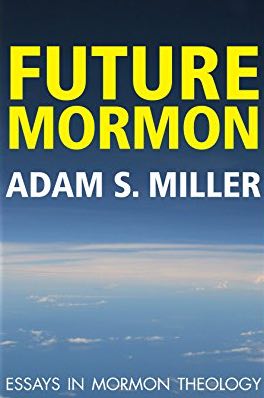
Future Mormon Reading Club
The person who probably comes closest to my own views on many matters is Adam Miller. Back in the heyday of LDS-Herm we had tons of fantastic discussions on theology and philosophy. Ever since Adam’s last book came out I’ve wanted to do a reading club on it but just hadn’t had the time. One…
-

Religion as Consumerism
We’ve talked a lot about recent LDS growth numbers here including my post on the drop in missionary numbers and Wilfried’s post on the controversial consolidation of units in Europe. Since then the Salt Lake Tribune has weighed in as well.[1] My argument about church growth is that while there are things we could do…
-
A Witness of Kindness
I was so touched to see this bit of humanity, this respect and consideration for the stranger. It is one reason I love living in a city: where we are all so close together, we have more opportunity to exercise and witness kindness.
-
Uncomfortable Charity
Why does the act of charity, in this case, the transaction initiated by a beggar or panhandler, feel so uncomfortable to me? Mental recriminations if I give, guilt if I don’t. Perhaps it is because I don’t know the protocol, the expectations, and so I’m worried about an inadvertent transgression. But it isn’t that hard…
-
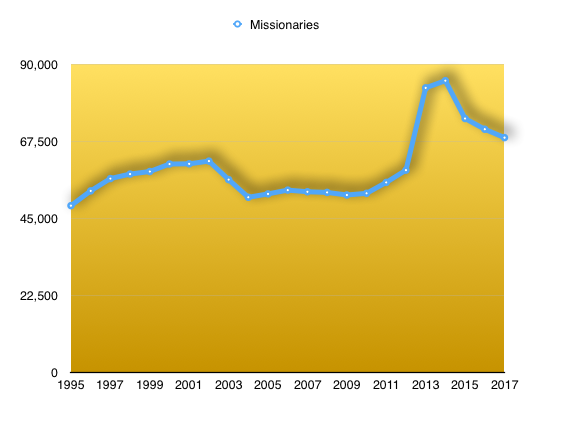
On Those Latest Missionary Numbers
There’s been a bit of controversy in social media over the recent missionary numbers that have leaked. Deseret News has up a story about missionaries that mentions there being 68,500 missionaries out. The new numbers shocked some people but actually are much more in keeping with what we should have expected. It’s just that some…
-
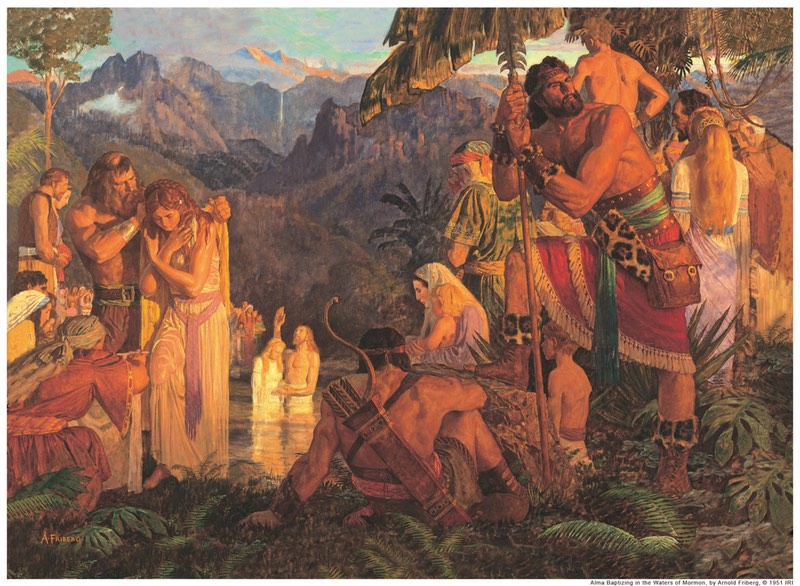
The Problem of Mormon Art
I’ve long been a critic of Mormon artwork. The main problem is that artists tend to portray a superficial connection to the events they are portraying. That’s perhaps somewhat understandable except for the problem that people have a habit of remembering the art rather than the details of what the art was about. We saw…
-
How Do We Tell Doctrine?
“Doctrine” is one of those funny words where it seems inevitably to shift in meaning even within a single discussion. I’ll confess whenever I hear it spoken of I often put myself on guard. Not because I don’t have a fair bit of confidence in doctrine but because I suspect the discussion will inevitably equivocate…
-
What can LGBT Mormons Hope For? A response
John Gustav-Wrathall asks, “What can LGBT Mormons hope for?” As an answer, John offers his own experience as a guide, and there is much about it that is commendable. Optimism, faith, relying on God, and a commitment to the Church are all far superior to their alternatives, and John’s generosity and positive approach is a…
-
How can I, as a woman, support the priesthood?
A few months ago, I was asked to speak on the topic “How do I support the Priesthood in my home?” I am posting the talk now because the Young Women’s lessons in June are about the Priesthood and Priesthood Keys. This is one of the topics that caused me so much uneasiness that I…
-
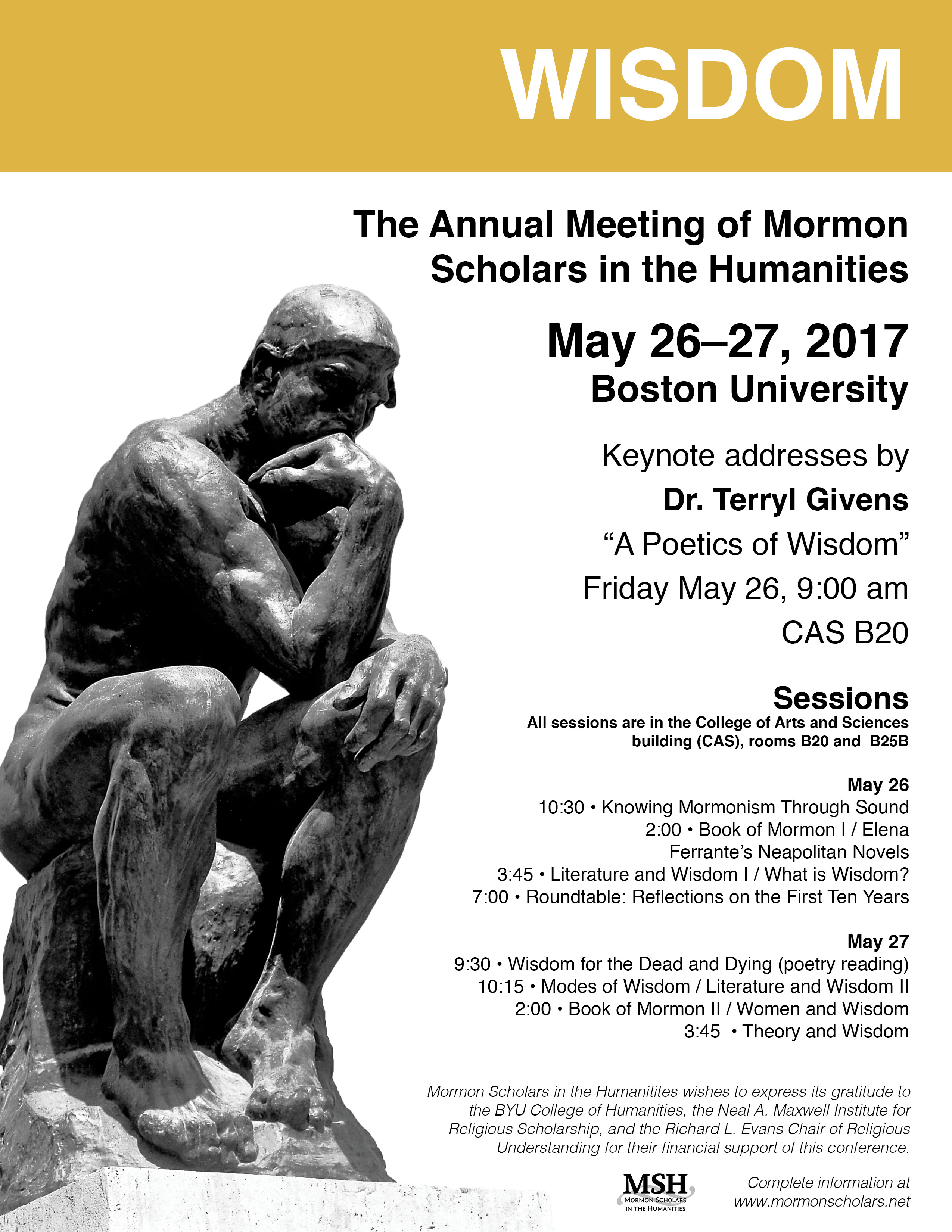
Mormon Humanities Conference, May 26-27, Boston University
Attention Eastern Seaboard! The annual conference of the Mormon Scholars in the Humanities will take place this week, May 26-27, at Boston University. The conference is open to the public and all are welcome to attend. The keynote address will be given by Terryl Givens, Friday at 9 AM. Tickets are available for the Friday evening…
-
Some Thoughts on Nephite Baptism
Nephite baptism is to me quite mysterious. We know they do it but the practice seems to evolve over time a fair bit. It’s worth noting the differences between baptism in Palestine and among the Nephites. First, the baptism of John the Baptist is quite mysterious. While the common assumption is that it arises out…
-

Consolidation of Church units: some reflections
Last month more than half of the Church units in Flanders were closed (Flanders is the Dutch-speaking, northern part of Belgium, with a population of 6.5 million). We shrank from 9 wards and branches to just 4. Historic cities like Bruges and Louvain lost their Mormon meeting place. It’s part of the major “contraction” of…
-
In Defense of Checklist Mormons
The wind bloweth where it listeth, and thou hearest the sound thereof, but canst not tell whence it cometh, and whither it goeth: so is every one that is born of the Spirit. (John 3:8) I think a common self-criticism we make within the Church is the valid concern that people get so caught up…
-
Church is Partially Pulling Out of Scouts
The Church announced today that it’s pulling out of scouts for all the 14 and older boys. So no more Eagle Scout projects. Overall I think that a positive thing. Trying to do both young men [i]and[/i] scouts is pretty hard. Plus my son admittedly doesn’t like scouts too much. I have to drag him…
-
Contributor Anxiety: Baring Witness
As I read the women’s stories in Baring Witness, I was filled with love and sorrow and hope for all of these sisters. I want to sit with them over a long lunch, laughing and crying together. These are women who have shared their vulnerabilities, who have opened their lives to me: how can I…
-
Calling all callings
I’ve been thinking about the different callings I have been given over the years. To that end, I present to you Rachel’s Church Callings, an incomplete list:
-
The False Dichotomies of Membership
One thing I’ve noticed a lot is people creating simple divisions of people within the church. I’m sure you’ve heard many of them. Liahona Members vs. Iron Rod Members. Chapel Mormons vs. Internet Mormons. Intellectuals vs. Fundamentalists. I’m sure there’s some out there that I somehow missed. I’ll confess these have always bothered me for…
-

Easter Traditions
Back home Easter was nearly as big a holiday as Christmas. I was quite shocked when first moving to Utah to attend BYU at just how marginalized Easter was here. Part of that I figured was due to it typically coming near finals when no student had a lot of free time. Part was Conference…
-

Through faith and doubt, I’ll walk with you
I was invited to speak at a recent Relief Society conference on the topic of nurturing relationships through faith and testimony transitions. I post my remarks here by request, and because I haven’t blogged in forever. About ten years ago my sister Gabrielle looked like a typical young Mormon mom. She had a three little…
-

Certain Women
Last week at General Conference, President Burton delivered a talk titled “Certain Women.”
-

The Hugh of St. Victor option
I have never read Rod Dreher and have no particular insight on how American conservative Christianity should respond to secularism. If Mormons look to medieval clergy for a model of forming intentional communities, however, I think a better option than Benedictine monasticism is that of the Canons Regular.
-
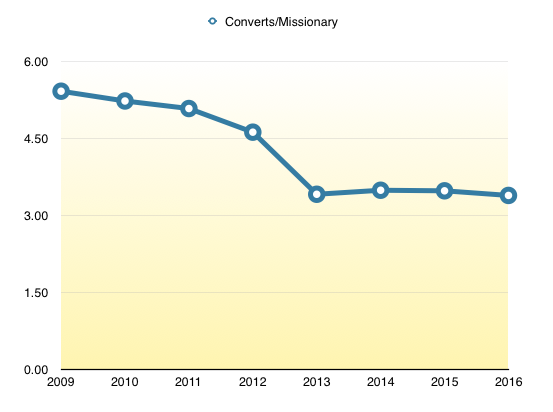
Converts per missionary revisited
Last year around this time I had one of my first posts here at T&S on an analysis of the number of converts per missionary. I thought, given the latest data from the Church, it would be worth revisiting the topic. I had noted a huge drop in missionary productivity first around 1989 after an…
-
Conference Predictions & Discussion
Any conference predictions out there? I’m pretty bad with predictions but here are a few of mine.
-
Utah Keeping the The American Dream Alive
There was a gushing story about Utah and particularly the Mormon influence there in today’s Bloomberg. The issue was how Utah deals with poverty. Particularly how Utah is near Denmark in economic mobility figures. It’s not the first time Utah has been singled out. A couple of years ago Newsweek did a similar story. I…
-

Shape of Agency Part 2
In my last post I went through the foundational metaphor for agency in the scriptures. I argued it was a space that was cleared or opened so that people could be free. I want to continue this investigation a little by looking at early Hebrew creation accounts. One of the most interesting books on what…
